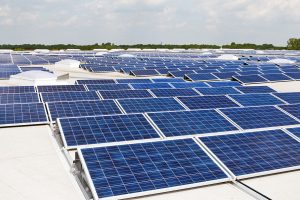Hello, Internet,
So, we’ve just had our spring exhibition . It was a little different this year than the one last spring, and personally, I feel that my project went a lot better this time around.
So, the basic guidelines this year were:
• you must solve a problem
• your problem must apply to either tweens, toddlers, elders or pets
• you must have at least three drafts to present at the exhibition
I chose to solve the problem of math being anxiety-inducing or hard to engage with for tweens. I decided to solve this problem by creating a math-based video game, although when I decided this I had no idea what I wanted the game mechanics to be. Basically, I knew that I needed to make a game that was non-violent, non-stressful, not confusing, and still taught math.
I’ve had some experience with programming before, mostly in the language Python, but in order to present the game with a mobile device, I needed to learn a new way to program.
I eventually came up with a basic concept for a game, and programmed a few drafts of it in an app called SketchNation before deciding that I needed more freedom in order to program the game I wanted.
The idea I was working with at this point was to have a player move from one side of a screen to the other, with obstacles that represented different numbers, and a scoring system based on factors of a given number equalling positive points, multiples of the same number being neutral, and other numbers equalling negative points. This idea remained pretty close to the game I ultimately created, although I had initially hoped to have different levels, each with a different number for the points system to be based around, and for the game to be called The X Factor. I ended up not having enough time to program separate levels, and sticking with a points system based around the number 8.
With some help from my dad, I learned how to use the website GameSalad, and programmed a new draft of my game.
In keeping with my plan to have the player move across the screen, I set up a purple box to act as the goal point, which would reset the game when a player navigated to it. I would later realize that it made more sense for the goal of the game to be collecting all the factors of eight, and to just keep the box around as a reset button. However, this didn’t occur to me until after my next draft.
During said next draft of my game, I covered almost the entire screen in numbers in the hopes of making the goal of getting to the purple box with a positive score more interesting. I also made each number disappear after it was hit, so that you couldn’t rack up points by just hitting the same number over and over again.
At this point, I asked a few of my tween neighbours to try out the game and give me feedback. I took into account both their direct feedback, and their reactions to things during the gameplay.
Besides changing the goal of the game to “collect all the twos and fours”, the main changes I made in my final draft were to decrease the amount of numbers on the screen, bring the number six into play, and add instructions to the description of the game.
My actual project aside, the exhibition took some preparation. I was in a group of 23 people who were creating solutions for problems that applied to tweens, so we had to decorate an area of the school library to look tween-themed. This was achieved mainly through the use of posters, a whiteboard, funko pops and balloons. We also had chips, pop, candy, and pizza-themed cookies available for people to eat and drink.
I quite enjoyed this year’s exhibition, although not that many people seemed to take an interest in my project (most seemed deterred by the mention of math).
Toodles!
































